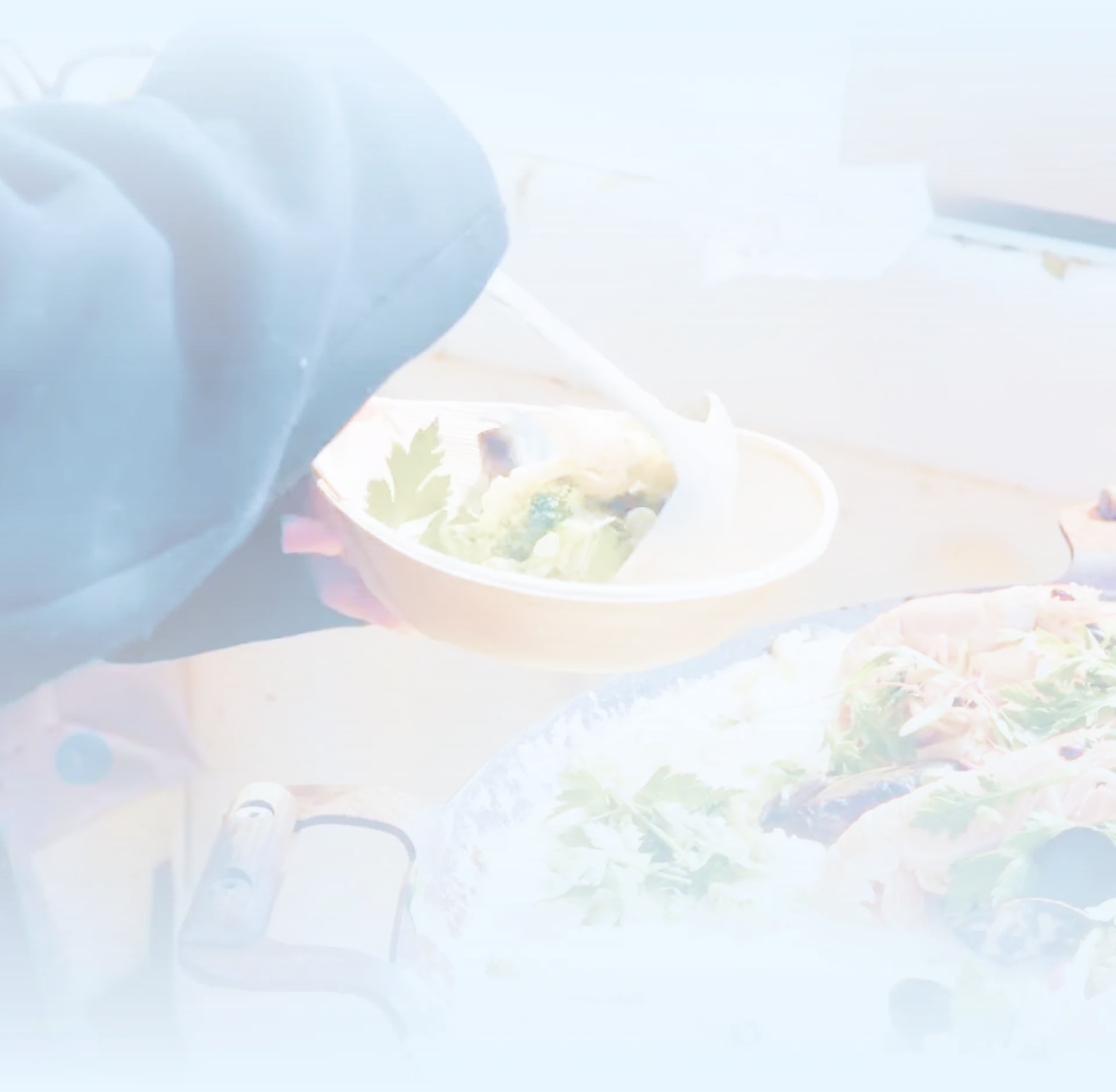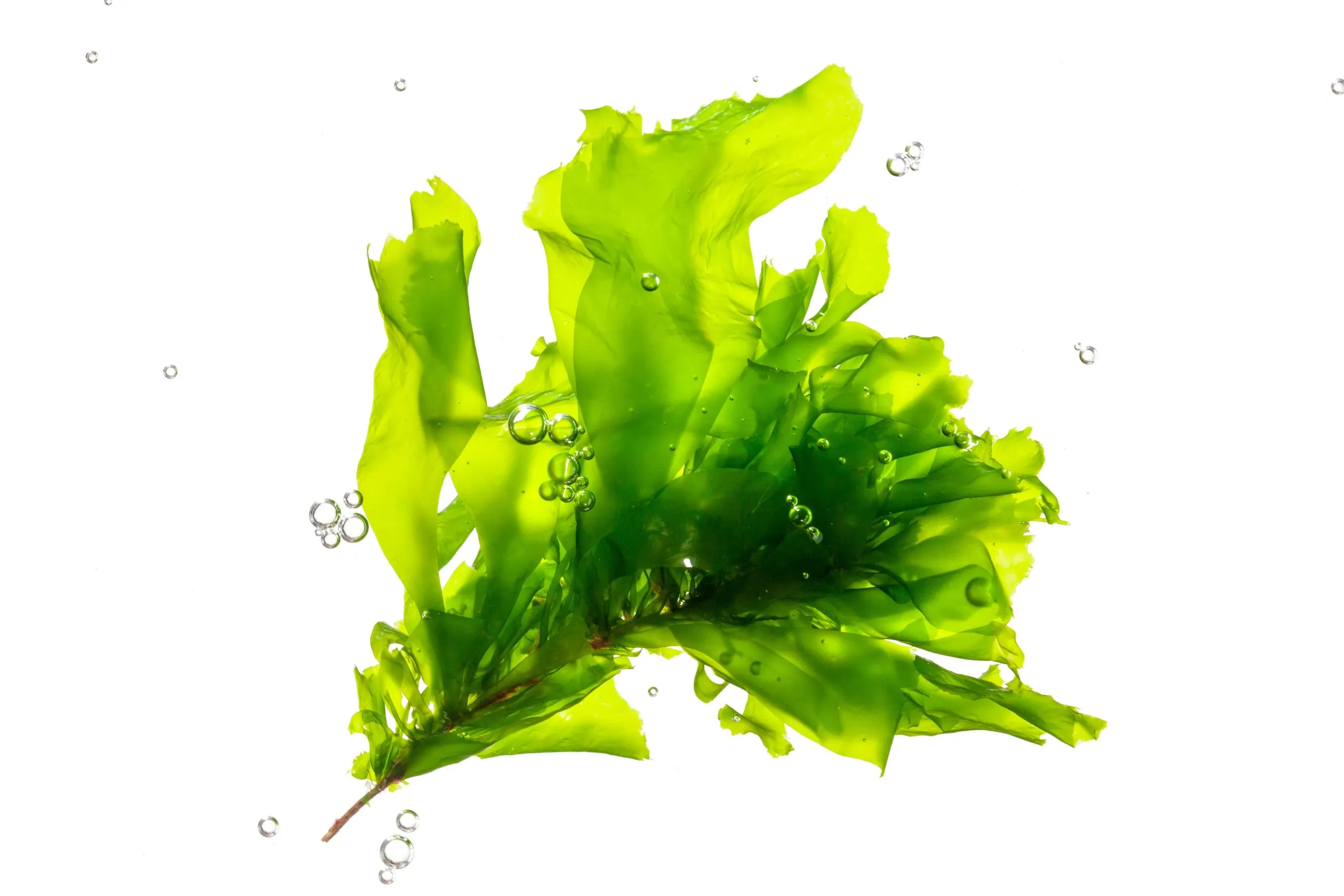Gently dried to ensure moisture is reduced and the quality of the seaweed is preserved.
Storage: Dark and dry place in room temperature.
Packaging formats: 1kg, 2,5kg and unpacked (>5 kg).


Latin name: Ulva Fenestrata
English trade name: Sea Lettuce
Swedish trade name: Havssallat
Origin: Otterön Farm, Sweden
Certificates: KRAV, Organic
Sea lettuce (havssallat), also known by its scientific name Ulva, is a vibrant and edible green seaweed commonly found along coastlines worldwide. This delicate marine algae is characterized by its thin, translucent, and lettuce-like appearance. Sea lettuce is often enjoyed in culinary dishes, adding a mild, slightly salty flavor and a touch of green color to salads, soups, and various seafood recipes. Beyond its culinary uses, sea lettuce plays a crucial role in marine ecosystems, providing habitat and food for various aquatic species. With its versatility and ecological importance, sea lettuce remains a fascinating and delectable component of both the culinary and natural worlds.
Gently dried to ensure moisture is reduced and the quality of the seaweed is preserved.
Storage: Dark and dry place in room temperature.
Packaging formats: 1kg, 2,5kg and unpacked (>5 kg).
Per 100 grams
Energy: 915 kJ
Energy: 219 kcal
Fat: 2.90 g
– saturated fat: < 0.1 g
Carbohydrates: 22 g
– sugars: 1.79 g Salt: 5.75 g
Fresh: Fresh Ulva has its prime in april, the fresh seaweed has a mild flavor, reminiscent of green and wild herbs and a vibrant and green color.
Storage: 2 to 6 degrees. Shelf life is 5 days.
Packaging formats: Custom.
Per 100 grams
Energy: 178 kJ
Energy: 43 kcal
Fat: 0.36 g
– saturated fat: < 0.1 g
Carbohydrates: 2.74 g
– sugars: 0.1 g Salt: 1.01 g
Yes, humans can eat sea lettuce. It is an edible green algae commonly used in various cuisines. It’s often added to salads, soups, and other dishes for its nutritional value and mild flavor.
Sea lettuce is a type of seaweed. The term “seaweed” is a broad classification that includes many different species of marine algae, and sea lettuce (from the genus Ulva) is one of them.
Sea lettuce is nutritious, containing vitamins (like vitamin C and A), minerals, and dietary fiber. It’s also used in biofuel production and wastewater treatment due to its rapid growth and nutrient absorption capabilities. Additionally, it serves as a habitat and food source in marine ecosystems.
Sea lettuce has a mild, slightly salty flavor with a tender, slightly chewy texture. It’s often described as having a taste similar to other leafy greens but with a distinct ocean-like, briny undertone.
It’s called sea lettuce because of its appearance. This green algae resembles a leaf of lettuce with its broad, thin, and green fronds. The name reflects its resemblance to the familiar terrestrial vegetable, highlighting its leafy structure and green color.
Yes, you can eat sea lettuce raw. It’s commonly added to salads and other dishes for a nutritional boost. Eating it raw preserves its crisp texture and mild, slightly salty flavor, making it a refreshing addition to various meals.
A fun fact about sea lettuce is that it’s not only a food source for humans but also plays a crucial role in marine ecosystems as a habitat for small marine animals. Some species of fish and invertebrates use sea lettuce as nursery areas, hiding from predators among its fronds. Additionally, it’s highly efficient at absorbing carbon dioxide, contributing to carbon sequestration in marine environments.